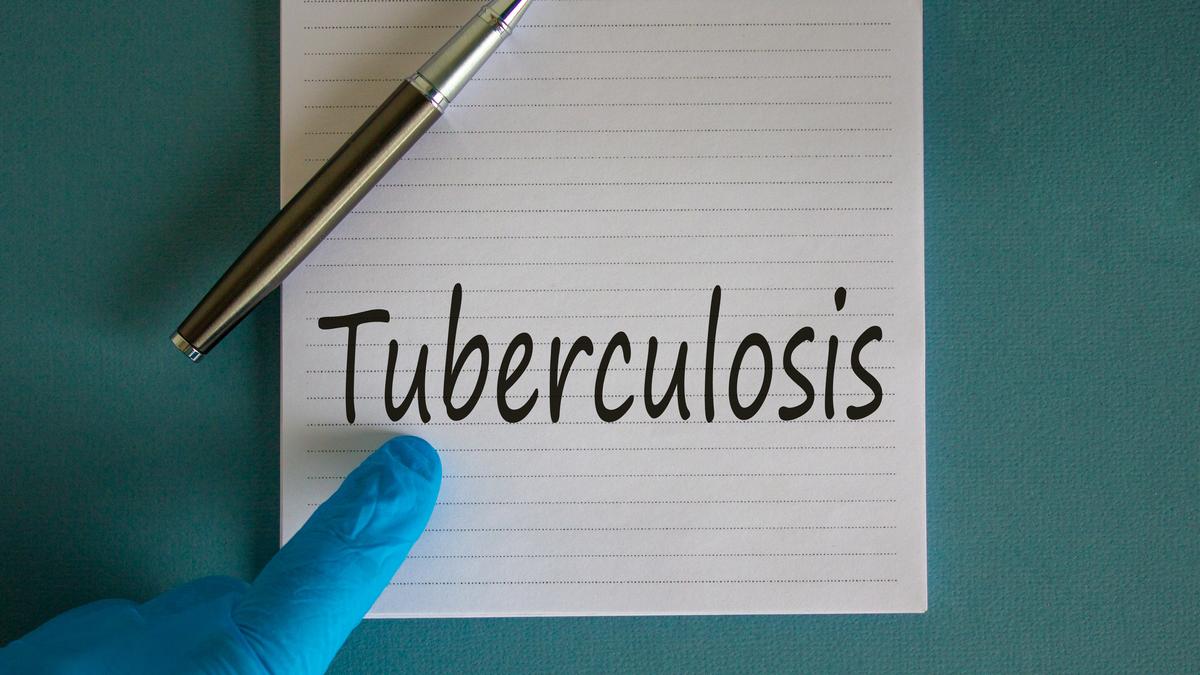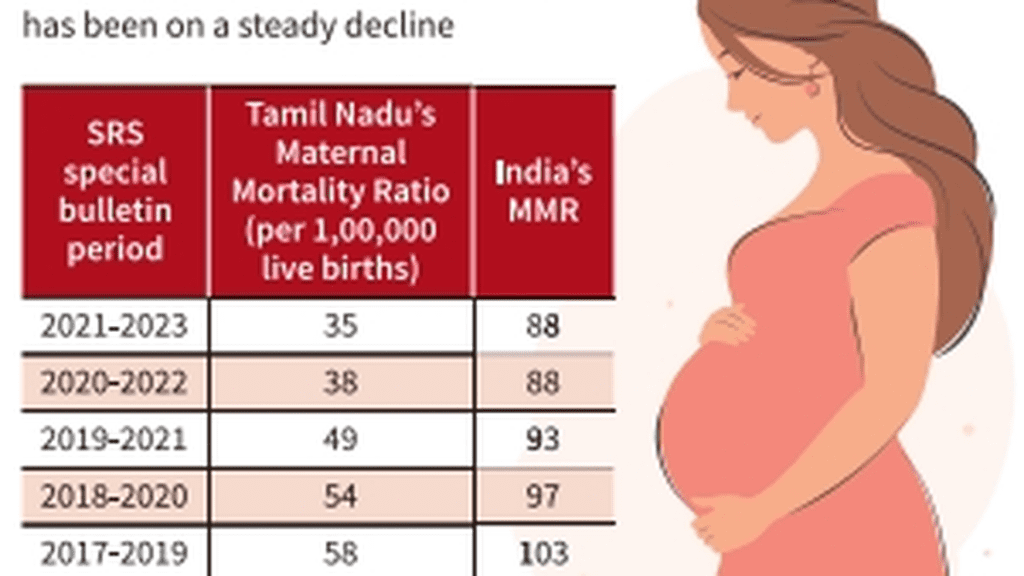India’s winding road to ‘#EndTB’ Premium

India’s winding road to ‘#EndTB’ Premium
Last year, tuberculosis (TB) emerged, once again, as the leading infectious disease killer globally. The goals, i.e., End TB targets of 90% reduction in TB deaths, 80% reduction in new cases, and zero TB-affected families facing catastrophic costs by 2030, seem to be a distant dream. In 2018, India extended the highest level of political commitment for the cause by pledging to achieve End TB targets on an accelerated timeline by 2025. However, the COVID-19 pandemic was a huge pushback to the efforts.
According to the World Health Organization’s Global Tuberculosis Report 2024, India continues to lead in the global TB burden (26% of cases) and is also the hub for drug-resistant TB (DR-TB) and TB deaths. While ambitious policies and initiatives are rolled out from the national level, the ground reality in India needs to be better understood to translate them into effective interventions.
India’s National Tuberculosis Elimination Programme (NTEP) clearly defines the high-risk or vulnerable groups that are at risk of contracting TB and developing adverse outcomes.
Dr. Pavitra Mohan, paediatrician and founder of Basic Healthcare Services, a non-governmental organisation working in south Rajasthan, says, “We get around 1000 persons with TB in our clinics every year and many of them have severe lung damage owing to fine dust inhalation from mining and stone carving. They are at risk for TB due to contributory factors like silicosis, undernutrition, overcrowding, and uncontrolled co-morbidities like diabetes.”
Migrant workers also have an added disadvantage of poor access to health-care facilities. Dr. Mohan says, “They prefer to go back to their native place if they fall ill and hence it is not easy for the healthcare delivery system also to keep track of their treatment.”
While a lot of attention is being paid to tackling undernutrition among persons with TB (pwTB), a host of other contributory factors in each geography needs to be addressed, requiring multisectoral action.
TB is a curable disease with effective and free drugs from NTEP. A significant achievement for India is the treatment initiation in more than 95% of notified cases. This was possible, over the years, by establishing an exclusive procurement and supply chain system for the NTEP.
However, in 2023, there was a country-wide break in the supply chain — it still continues in many parts. Shortage of key drugs in the centres, many of which are unavailable in the open market, left the beneficiaries and their families in a struggle. Nandita Venkatesan, data journalist and two-time TB survivor, says, “It takes many a mile for pwTB to reach the finishing line of treatment combating a wide range of side effects. Shortage of such critical medicines disrupts the treatment, risking resistance to antibiotics and poor disease outcomes. Moreover, having to buy drugs from outside leads to catastrophic health expenses.”
Extrapulmonary TB (EP-TB) affects any organ of the body — lymph nodes, the kidneys, the brain, the spinal cord, bones, joints, and skin. However, the NTEP’s main focus has been on pulmonary TB affecting the lung, as it is most common and transmissible.
The share of EP-TB is about 24% of the notified cases, but with wide geographical variations. It is often missed/delayed from being diagnosed due to symptoms which are vague and mimic other diseases. Dr. Deepak Chandra Badhani, a surgeon working in rural Chhattisgarh, says, “Doctors in Indian settings should have a high index of suspicion for TB in the cases they see. Proper history taking, thorough clinical examination and simple tests such as pus staining from a non-healing ulcer can help diagnose TB. But sadly, we wait for expensive, advanced tests just to start treatment and depend heavily on specialists to diagnose, leading to substantial delays and advanced disease.” He lays emphasis on the training of general practitioners to pick up EP-TB at the earliest and of the need to sensitise frontline workers and integrating EP-TB into their screening algorithms.
A study by Daniels and colleagues in Mumbai shows that only 35% of private practitioners and 75% of government doctors could correctly diagnose a patient presenting with classical symptoms of TB. Dr. Vasundhara Rangaswamy, a microbiologist working in rural Chhattisgarh, says the reluctance to notify the disease further impacts diagnosis as private practitioners prescribe antibiotics and refer without any diagnostic tests.
TB is an area where guidelines are updated quite frequently. However, studies done by Shah and colleagues and also Hiremath and colleagues show that a shortage of adequately trained human resources is a major challenge affecting implementation of the NTEP. Dr. Rangaswamy says, “Molecular tests are expensive and often take time to access as they are mostly available only at district level. Results take time due to the heavy workload and shortage of trained staff . In effect, patients have to travel and incur more expenses.”
Dr. Mohan says, “The CBNAAT [Cartridge-based Nucleic Acid Amplification Testing] and Truenat machines are not available at many places, [as they are] mostly placed at [the] district level. And very often, when a machine is available, the lab technician will not be there and if the lab technician is there, cartridge supply for the test would not be there.” The staff pattern within the NTEP does not meet the growing demands, with most now having more work.
Ownership at all levels is essential to make programmes work. Idukki district in Kerala collaborated with Kudumbashree, one of the largest women’s self-help networks in the world, for their TB elimination efforts. This resulted in widespread community participation and advocacy by government/leadership levels created a huge impact. “It helped us achieve our targets and sustain the activities,” says Dr. Cency B., former District TB Officer of Idukki district, and current Assistant Director, Kerala Health Services.
She says, “Advocacy by political leadership helps in providing platforms for cross learning from best practices across geographies. But programme implementers will have to go beyond their routine work scope to achieve this.”
While the chances of ending TB by 2025 look bleak, there is some hope. India’s case notification reached the highest level and deaths due to TB declined by 24% as compared to 2015, which is way more than the global decline.
The administrative levels of the NTEP are designed to adapt to the innumerable contextual challenges. New bodies of knowledge from different parts of the world need to be considered. Vietnam, a high burden country, recently showed the effective use of active case finding for TB (advocated for high-risk groups) among the general population, so that targeted interventions could work better. Perhaps India too needs to restructure and redefine its many conventional frameworks, to combat this deadly disease.
Swathi Krishna Njarekkattuvalappil is a public health physician and researcher based in Pune, working in tuberculosis, health policy and systems research. Parth Sharma is a community physician and public health researcher based in Delhi and is the founder of the public health advocacy organisation, Nivarana










